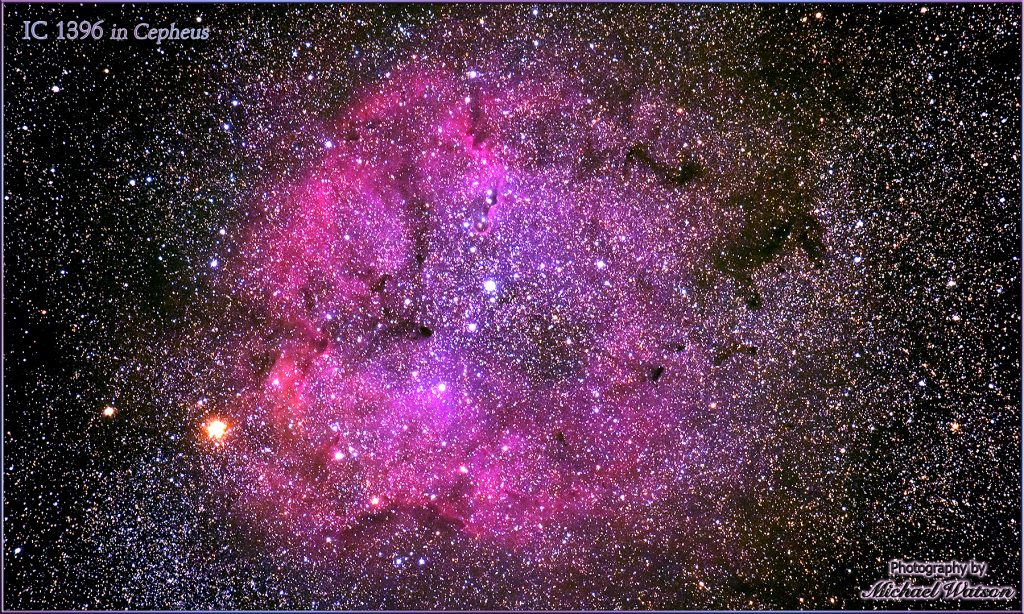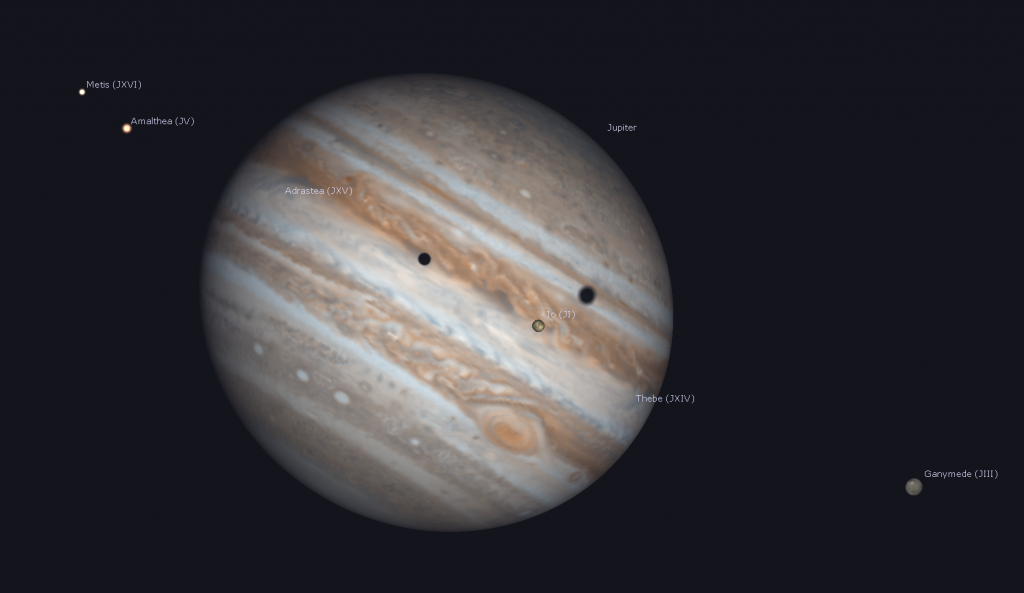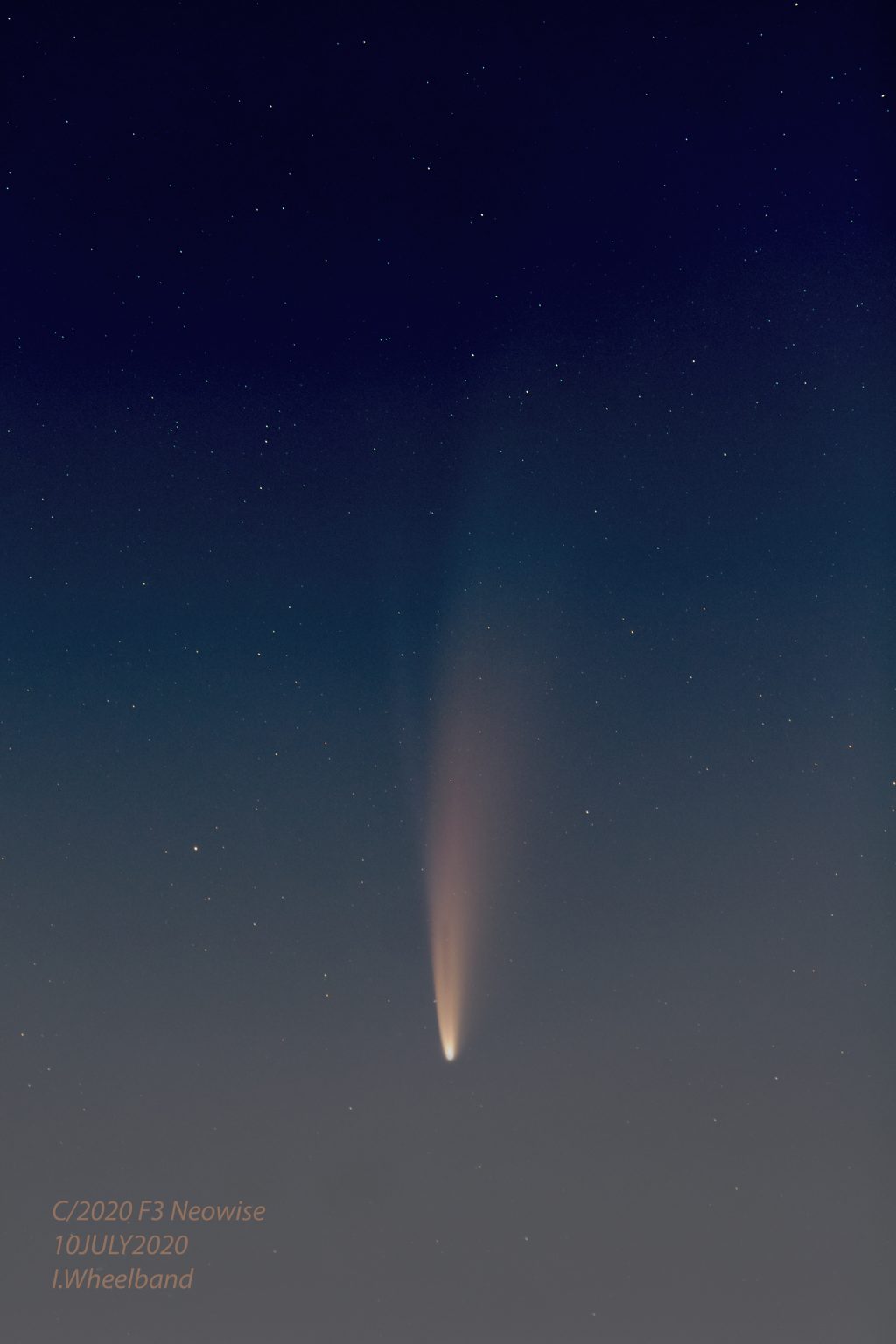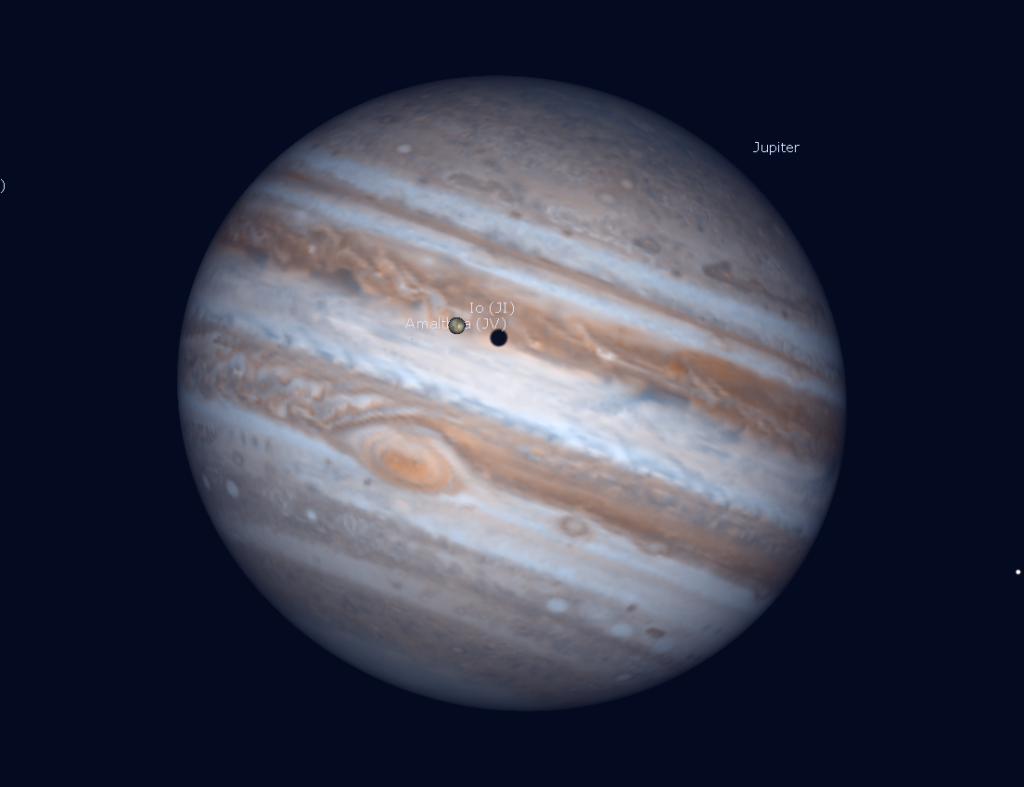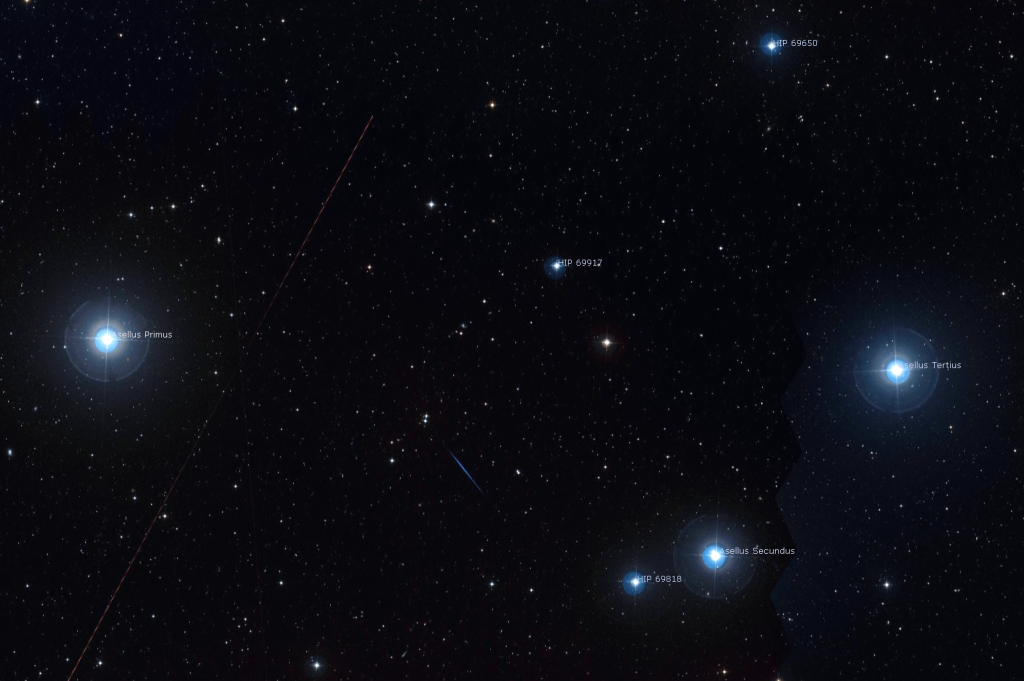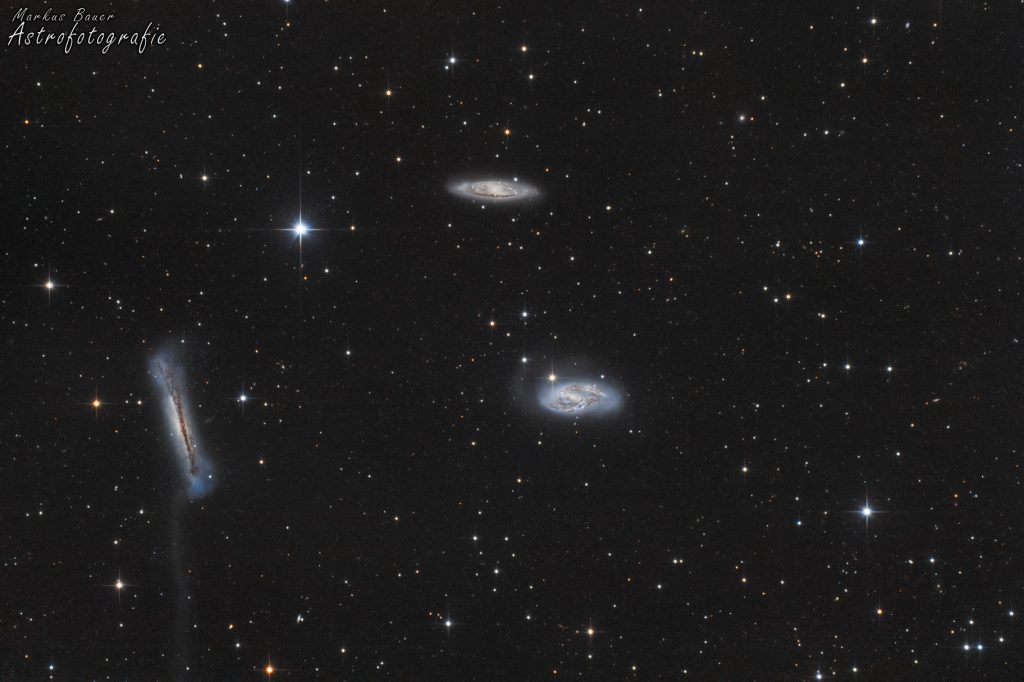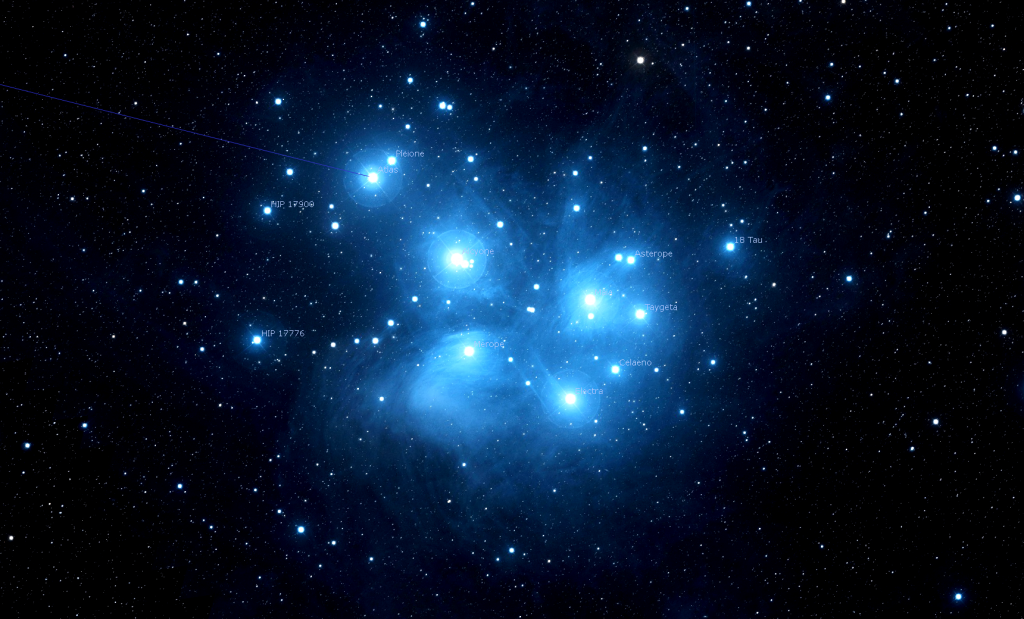An Old Moon Grants Good Geminids Viewing, the Great Conjunction Grows Closer, and Queen Cassiopeia’s Jewels!
The glowing red hydrogen in the Heart and Soul Nebulas, and the bright stars of the Double Cluster above them, are featured in this image by Adrien Klamerius, which spans about 10 degrees (or a fist’s diameter) of the sky. NASA APOD for September 24, 2016 Hello, December Stargazers! Here are your Astronomy Skylights for…
Read more


